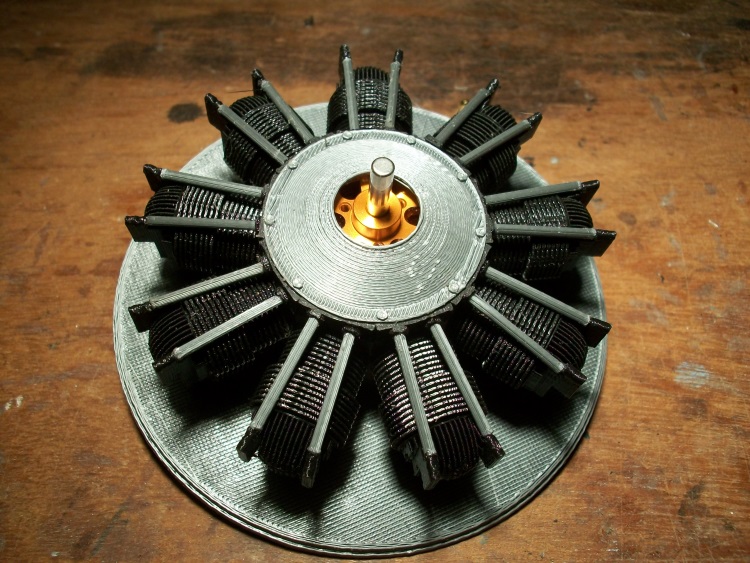Turbojoe
Elite member
I keep plugging away at trying to get the perfect print. It seems once a week I find another tidbit out there that gets me just a little closer. A while back I designed and 3D printed holders for my digital "dial" indicator and got E extrusion and X, Y and Z steppers and bed level set down to a gnats ass so they are not the issue. My only problem always has been and still is getting printed hole size to match my .stl design size. I know it's possible. I've seen tons of videos with people showing their parts that fit together properly. They just never tell the entire story of how.......
I've been using Cura since day one. Out of frustration I've been trying Slic3r for the last week or so. Not at all impressed. Really crappy prints and even worse hole sizes so I uninstalled it. It just so happened that when I fired up Cura again there was an update to 4.6. Now I'm back to better looking prints BUT still have the hole size issue. I've been playing with horizontal expansion in the "shell" section and that has made the single largest improvement. After trying all kinds of settings I've settled on 0.15 mm compensation. There's gotta be some other minor adjustment somewhere that I don't know enough about to set properly and it's driving me bonkers. If I can get it this close consistently I'm not willing to settle for "close enough". I want it right on the money so if I spend the time to create something that has to fit into something I didn't create I want it to fit.......
Here's my situation: a very basic test piece created in TinkerCad. 14 mm square by 3mm thick with a 6 mm hole in the center. Consistent printed outcome using fresh Hatchbox black PLA is 14.20 mm on X AND Y axis. Consistent 2.90 mm on Z axis and the center hole is consistent at 5.80 mm. So close yet so far away. I know there is some tiny Cura compensation that I haven't learned. ANY suggestions from one of you Cura Guru's would be truly appreciated!
I'm attaching my file in case someone wants to test it.
Joe
I've been using Cura since day one. Out of frustration I've been trying Slic3r for the last week or so. Not at all impressed. Really crappy prints and even worse hole sizes so I uninstalled it. It just so happened that when I fired up Cura again there was an update to 4.6. Now I'm back to better looking prints BUT still have the hole size issue. I've been playing with horizontal expansion in the "shell" section and that has made the single largest improvement. After trying all kinds of settings I've settled on 0.15 mm compensation. There's gotta be some other minor adjustment somewhere that I don't know enough about to set properly and it's driving me bonkers. If I can get it this close consistently I'm not willing to settle for "close enough". I want it right on the money so if I spend the time to create something that has to fit into something I didn't create I want it to fit.......
Here's my situation: a very basic test piece created in TinkerCad. 14 mm square by 3mm thick with a 6 mm hole in the center. Consistent printed outcome using fresh Hatchbox black PLA is 14.20 mm on X AND Y axis. Consistent 2.90 mm on Z axis and the center hole is consistent at 5.80 mm. So close yet so far away. I know there is some tiny Cura compensation that I haven't learned. ANY suggestions from one of you Cura Guru's would be truly appreciated!
I'm attaching my file in case someone wants to test it.
Joe

